The letter to the editor, “A closer look at the Liberal Arts in Prison Program,” published in the Jan. 22 issue of The S&B, is the latest in a series of letters written by Randy Gleason ’82 to various offices at Grinnell College regarding the Liberal Arts in Prison Program (LAPP). Mr. Gleason raises questions that have occurred to many who know about or participate in the LAPP—questions that deserve some direct and accurate answers.
First, I would like to address a misleading claim. Mr. Gleason, citing an article in Smithsonian Magazine, suggests that the low recidivism rates of participants in college-in-prison programs are more attributable to selection bias than the effects of education. In fact, the RAND Corporation reports that the Smithsonian article references came to the opposite conclusion. It clearly and intentionally sorted between studies that controlled for selection bias and those that did not.
The RAND report found that, even according to the most rigorous studies, those who participated in education programs were 43 percent less likely to return to prison than those who did not, and that “this suggests that selection bias is not driving our findings” (page 14 of “How Effective Is Correctional Education, and Where Do We Go from Here?: The Results of a Comprehensive Examination” by the RAND Corporation, 2014. (http://www.rand.org/pubs/research_reports/RR564.html).
Second, I will describe some essential differences between studying on campus and in prison. The men in LAPP are not admitted as degree-seeking students at Grinnell College. Just as college employees, high school students and retirees take courses for credit at Grinnell, participants in our program do not gain admission to the College.
However, to participate in our First Year of College Program, men at the Newton Correctional Facility undergo a highly selective process that consists of an essay and interview, which are reviewed and conducted by a committee of faculty. We freely acknowledge that most of these men, many of whom dropped out of school at an early age, would not be admitted through a traditional admissions process. Their success in the rigorous Grinnell courses they take is improbable, yet most do succeed.
The men in our program—who do not have access to the extracurricular activities, internships, study abroad experiences and performances that Grinnell students enjoy—create their college experience entirely in the classroom and through their support of one another, despite living in an environment that is not at all conducive to learning. After release, they will have enormous difficulty finding jobs, furthering their education and accessing services because of the lifelong record of their felony convictions.
Finally, I will offer my personal reflections about restorative justice and education, especially for those who participate in our program and must think often about these topics. The LAPP began as part of a restorative justice program, but soon switched its focus from restorative justice to education because we did not believe ourselves equipped to offer victim assistance, mediation and restitution—the worthy and complex goals of restorative justice. I am glad that the Peace and Conflict Studies Program offers periodic classes about restorative justice on campus, which are popular with our student volunteers. Many community and government agencies offer restorative justice services in Iowa. These programs are overseen by passionate professionals who have been working on behalf of victims for decades and who are specifically trained to thoughtfully address the complexities of victimization and trauma.
Grinnell College is unequipped to perform the work of restorative justice, but well equipped to educate. The LAPP is an intensely valuable experience for the over 50 students and professors who participate every semester. The program rededicates everyone involved to liberal arts learning. A liberal arts education is, at its best, a challenging, thorough and thrilling examination of the world. It is a frequently frustrating experience that fosters the search for knowledge, defense of evidence and reconsideration of beliefs.
Our students in prison undergo this kind of exploration. It does not let them off easy. They consistently say their education makes them reexamine their lives. Some people in prison, including people we work with, have caused terrible harm (though most have not committed violent crimes). Our current system of mass incarceration also causes tremendous harm. These facts are complicated and cannot be resolved easily. I hold them both in mind as I work.
—Emily Guenther
Prison Program Coordinator

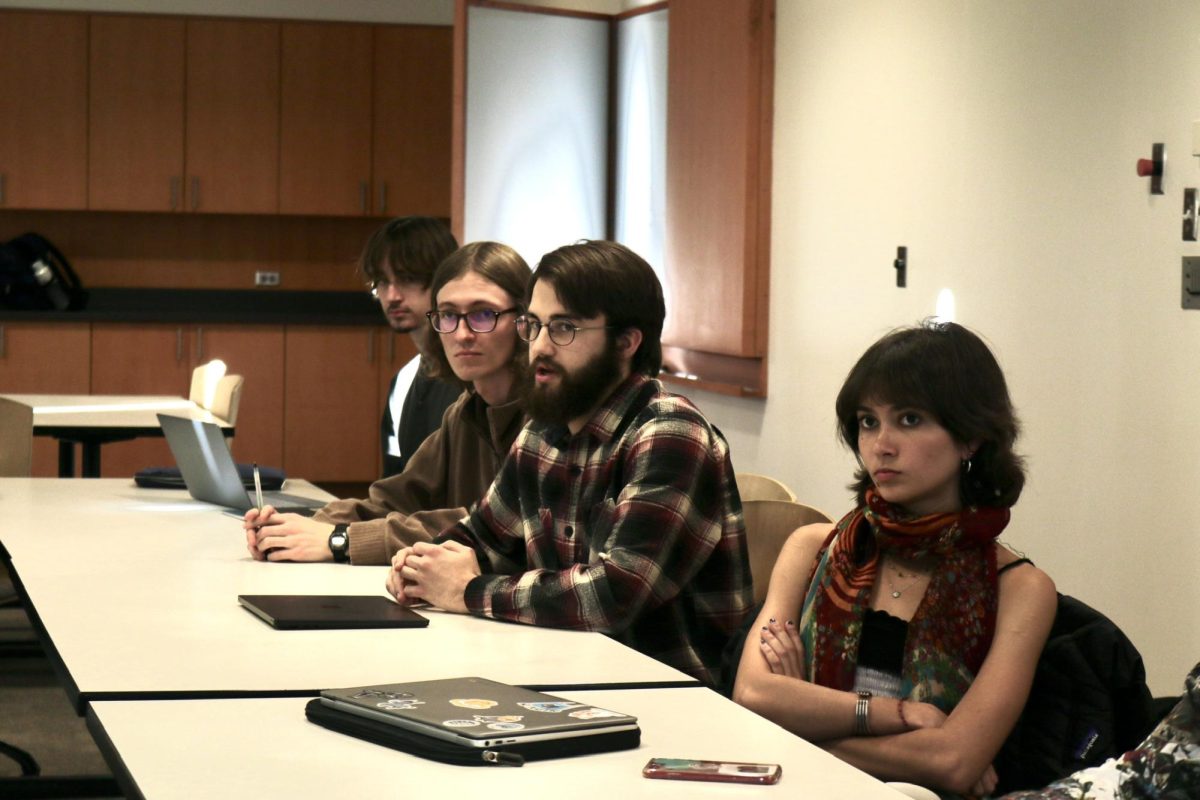











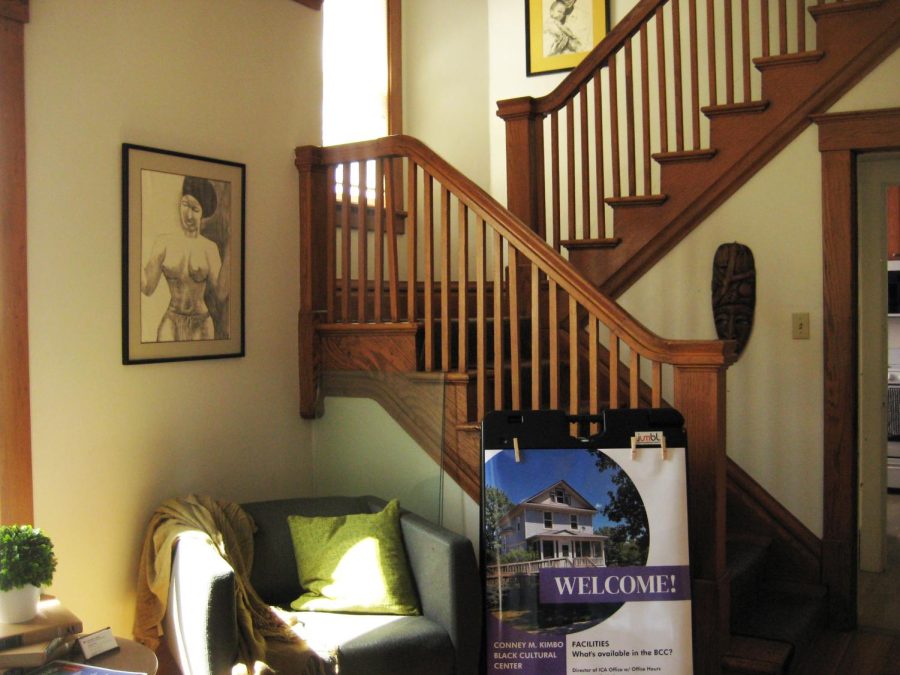



















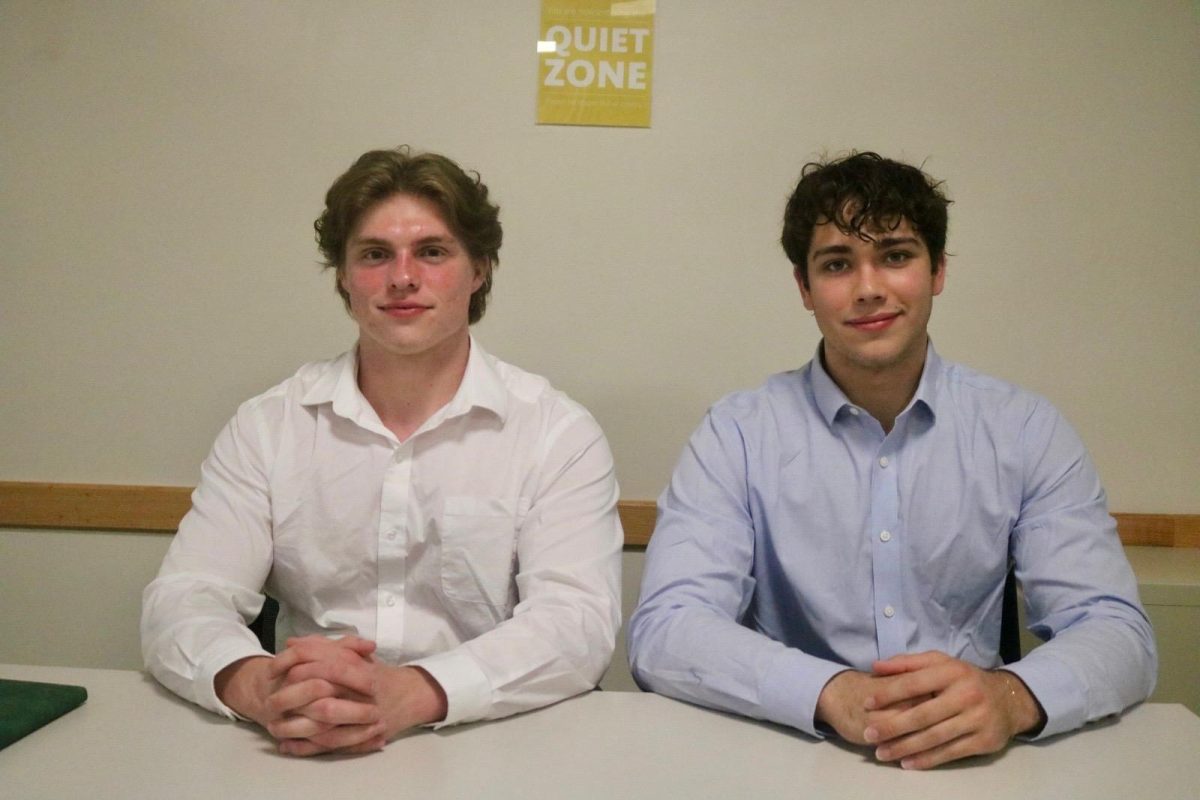














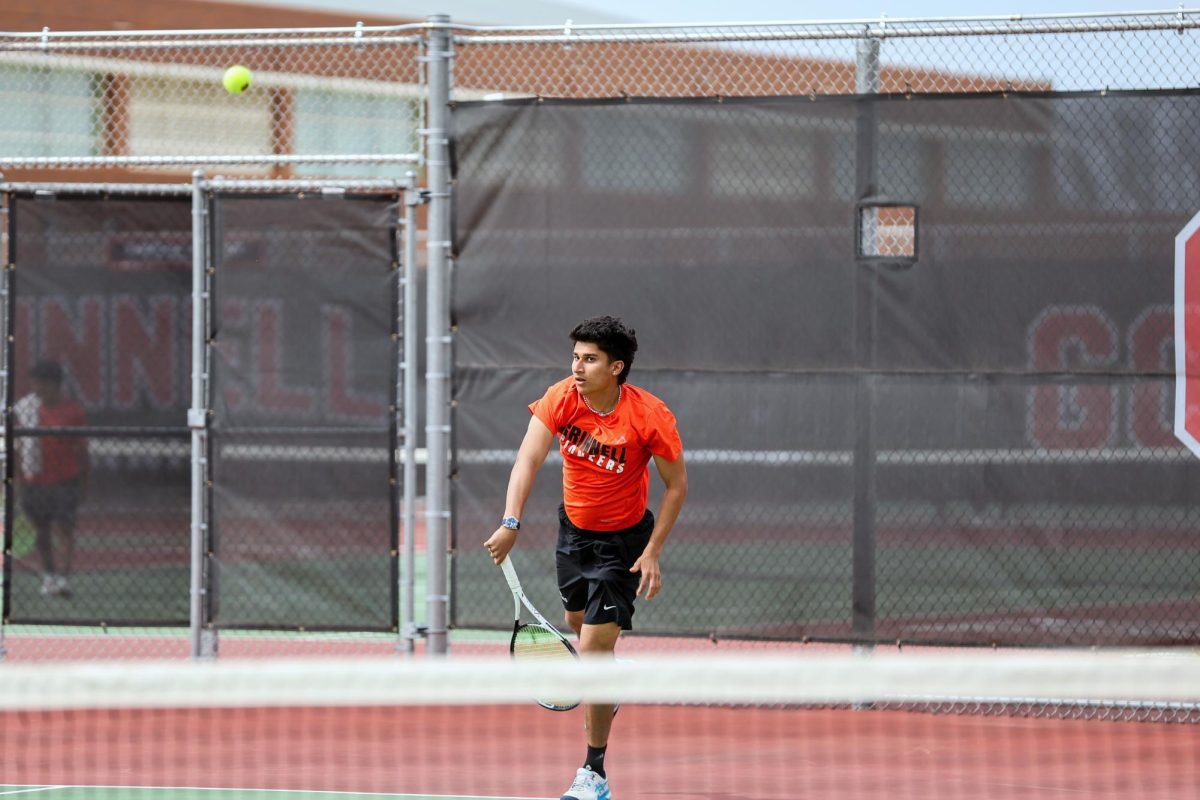
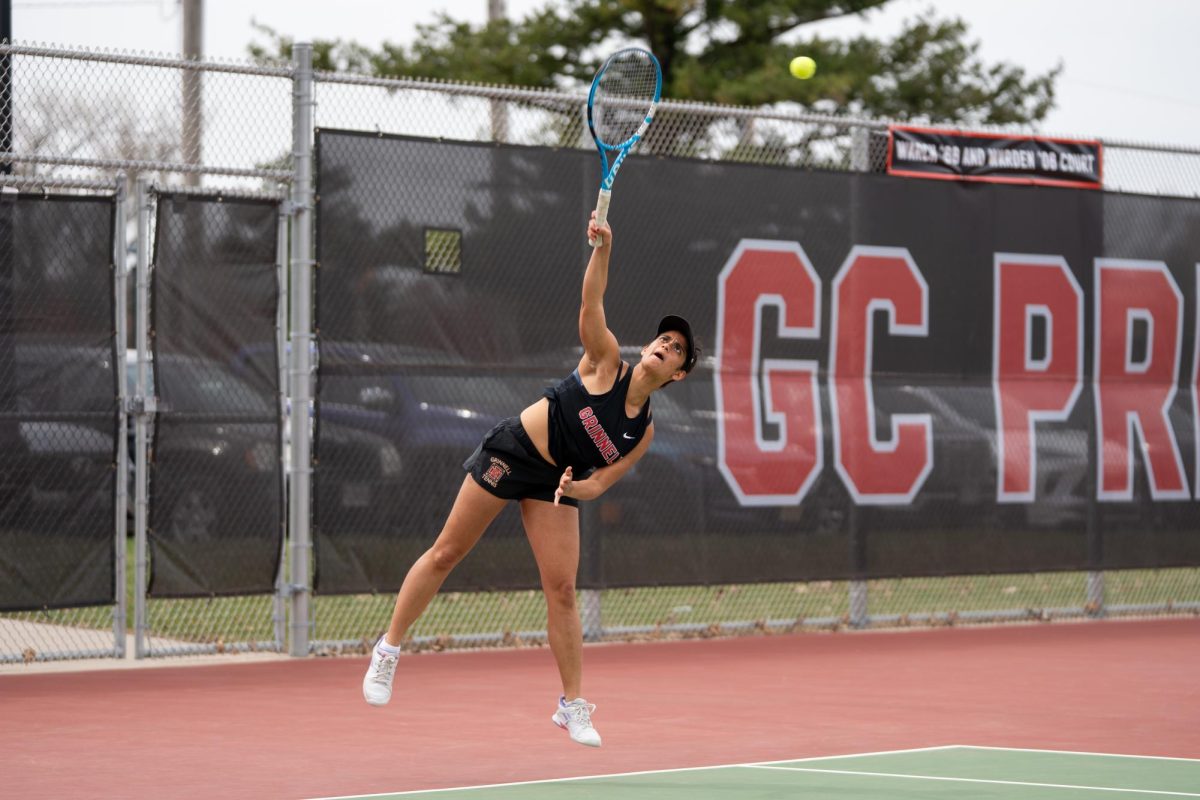
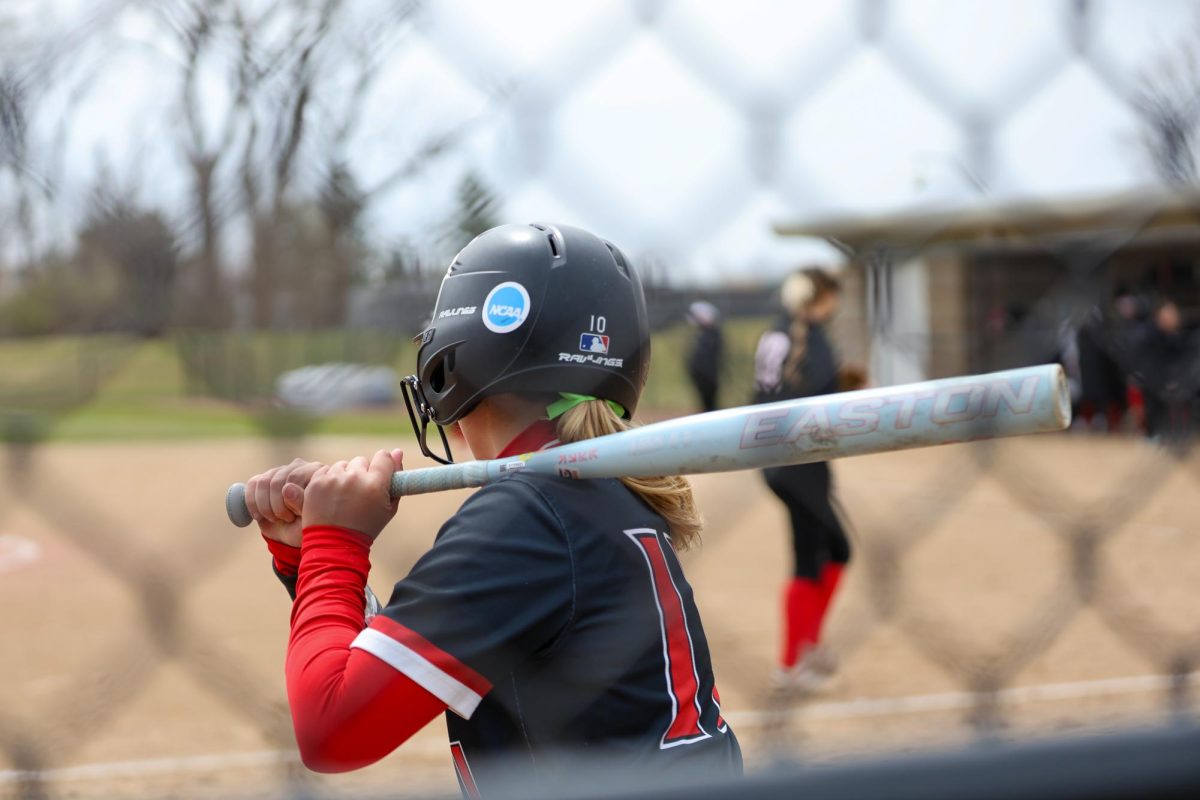
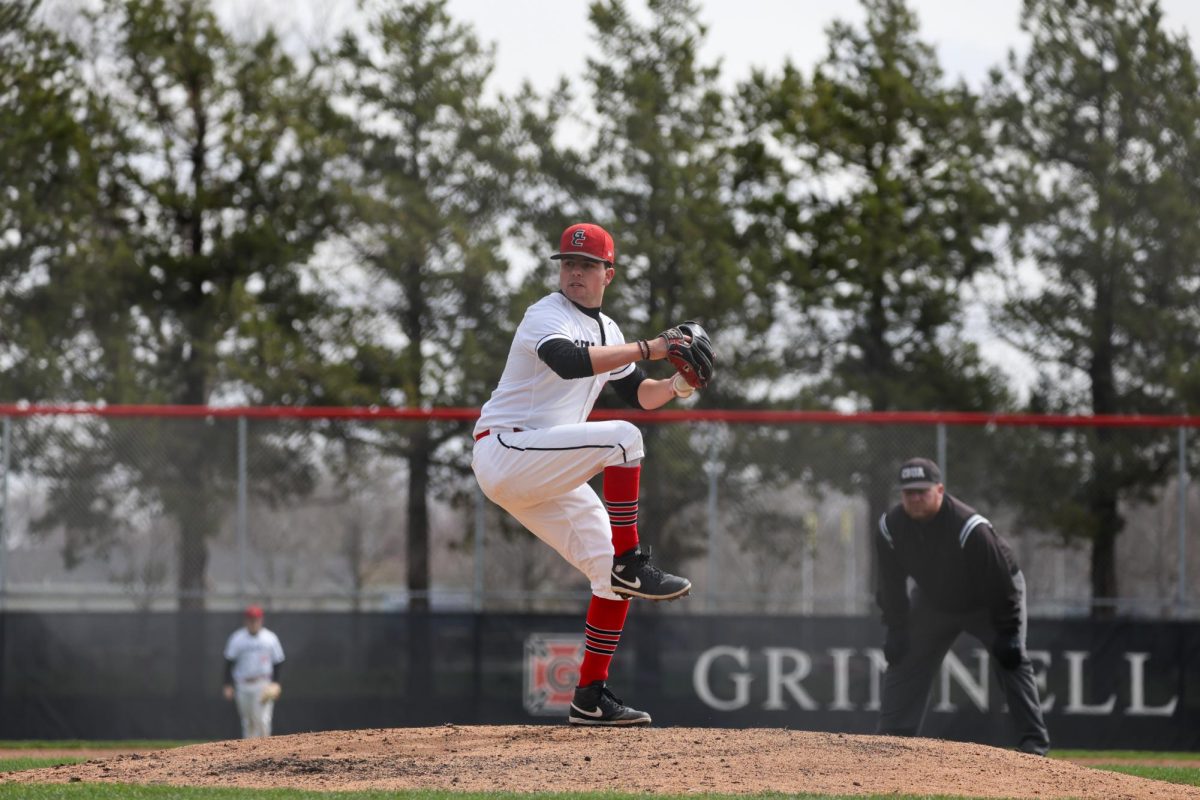
Randy Gleason • Feb 19, 2015 at 4:04 pm
I’d like to express my gratitude and appreciation to Emily Guenther for her recent Letter to the Editor explaining her views on some of the questions I have raised concerning Grinnell’s Liberal Arts in Prison Program (LAPP).
Concerning the issue of selection bias and Emily’s claim that a Rand report on prison education “suggests that selection bias is not driving our findings.” I’m sure Emily would agree that on almost any issue of discussion or dispute, one can find an authoritative study or source to support their position. I’ve rarely come across a document that represents the final word on any subject and, after reading the Rand report, I’m not prepared to offer it that distinction. I would expect Emily to treat my sources with the same scrutiny.
Perhaps a more conclusive and practical approach would be to look at LAPP itself, which employs a “highly selective process” when choosing inmates to participate. I suggest a simple proposal: Grinnell foregoes this rigorous process and instead chooses LAPP participants at random from among those in prison who express an interest. (For the purpose of our argument, let’s agree to disregard the self-selection evident here.) If LAPP produces the same level of academic success and reduction in recidivism as before – it should, according to the Rand study – then I’ll gladly withdraw my claim of selection bias.
Concerning Emily’s second point about the essential differences between studying on campus and in prison – I agree completely. In my letter to the editor, I never claimed these men were admitted as traditional students or enjoyed all the opportunities and privileges offered on campus. However, as LAPP’s own website points out, those admitted to the First Year in College program are exposed to a “demanding, rich curriculum” – literary analysis, introduction to neuroscience, environmental history, musicianship, college writing, humanities – “equivalent to the first year at Grinnell.” The classes are taught by Grinnell faculty, with academic credit recorded on Grinnell transcripts. In addition to such elite education, LAPP brings special events to the prison such as orchestra performances, theatrical plays and even a visit from a Pulitzer Prize-winning author. In summary, I don’t think it’s a huge stretch to say that while becoming a criminal so one can earn college credit in prison and take in a performance of “Waiting for Godot” is hardly a recommended career path, LAPP students are provided highly valuable and coveted educational opportunities that many people outside prison walls will never receive.
Finally, I’d like to comment on restorative justice. In my original draft, I quoted from a letter written by Tobias Winwright, associate professor at St. Louis University, to the New York Times last spring. Winwright has taught in SLU’s college-in-prison program and would like to see restorative justice someday be a part of the program. Because of last-minute space constraints, I had to delete this reference in the final version of my letter that appeared in the S&B. I invite readers to Google Winwright’s letter – it sums up fairly well my views on restorative justice and how it could enhance and improve college-in-prison programs.
When Grinnell began LAPP some years ago, it realized it couldn’t do everything needed to completely rehabilitate prisoners and give them hope. But that didn’t deter the college from ultimately deciding to do what it did best – education.
By the same token, I understand that Grinnell is neither equipped nor qualified to address the extensive and profound needs of crime victims. However, even something as simple as offering victims educational scholarships could make an important moral and symbolic statement while also providing practical value. It would clearly demonstrate that Grinnell understands that there are two groups affected by crime, and that real social justice requires that we consider both.
If Grinnell someday decides to offer such a scholarship, I would – in additional to my regular annual contributions to the college – be glad to donate.
Randy Gleason ’82
rgleason3@juno.com
Michael Molle • Feb 17, 2015 at 2:21 pm
The three examples of restorative justice cited are all geared to the victims of crime, whereas the LAPP focuses on providing inmates with an educational experience that challenges their minds.